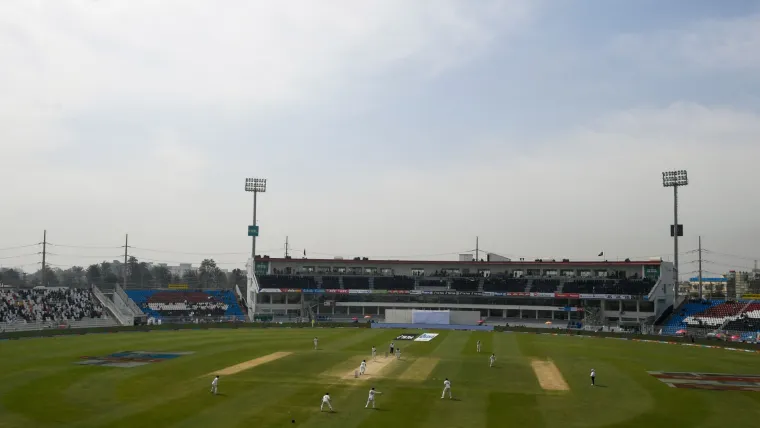So today I decided to dig into cricket reports after my team got wrecked last weekend. Heard folks talking about checking the Grand Prairie Stadium pitch report and thought – why bother? Figured it was overkill for amateur players like us.
My stupid first steps
Just walked onto the field like normal yesterday. Pitched wherever looked flat – ended up with uneven bounces galore. Balls either shot low like bullets or ballooned over my head. Teammates started yelling about unpredictable turf. Total disaster match.
The turning point
This morning I grabbed coffee with our club captain who laughed at me. He pulled out his phone showing the Grand Prairie pitch report from their site:

- Detailed moisture levels
- Grass coverage percentage
- Hardness scale rating
- Previous match wear patterns
I finally got it. This wasn’t pro stuff – it’s like checking weather before fishing.
Putting it into action
Tonight’s practice? Game changer. Before heading out:
- Checked live pitch report (90% grass coverage)
- Dug my spikes deeper for grip
- Positioned fielders closer since balls stay low
Bowled line-and-length deliveries consistently. Even saw teammates’ eyes widen when balls spun exactly where I aimed. Felt like suddenly understanding the field’s language.
The kicker
Realized pitch reports aren’t nerdy analytics – it’s avoiding stupid mistakes. Like why guess if the turf plays slow today when you can know? Saved me three boundaries alone tonight by adjusting field positions from the report’s bounce prediction. Still got creamed by our veteran batsman though. Old man just winked: “Reports don’t beat experience kid.”


